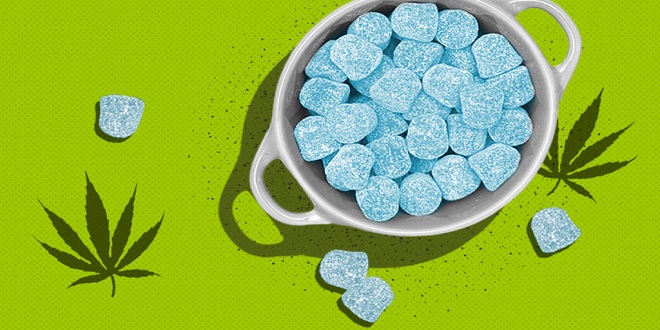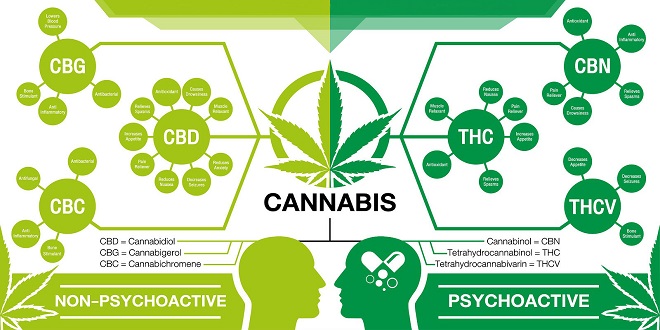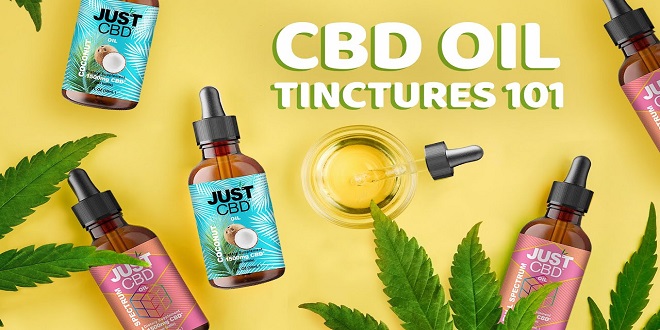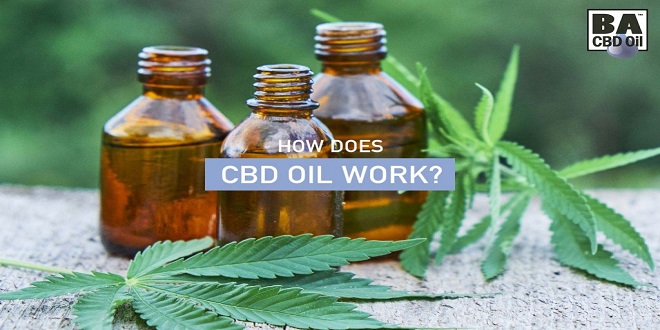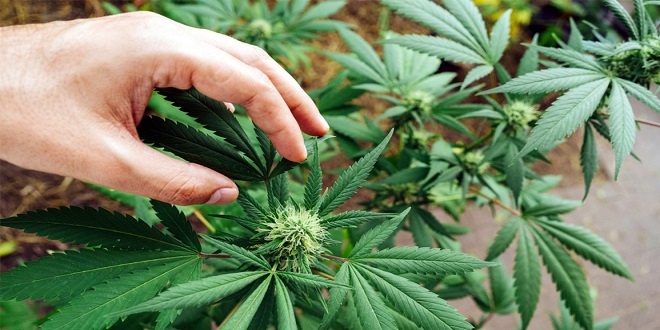how marijuana can improve your life
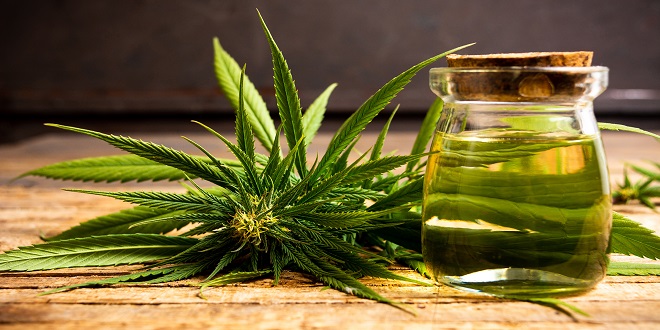
WHILE MY AGE of introduction to cannabis might send a shudder down the spine of any lawmaker considering the pros and cons of cannabis legalization, the stigma associated with youth use is one of the reasons I feel the need to share my experience. At age fourteen, while taking a break from staffing the merch table at a local punk show in my hometown of Richmond, B.C., I tried cannabis for the first time.
I had been curious about the strange weed that my parents had cautioned me to avoid, but when my older friends said it helped them feel relaxed, I figured my parents were wrong and, like so many teenagers do, I decided I had to find out for myself if cannabis would indeed “fry my brain cells.” Seated atop a picnic table with two girlfriends, I indulged in a hoot and a half from a pipe, which resulted in a momentary fit of laughter but nothing more.
After that first encounter, I used cannabis occasionally in social settings with friends, but it wasn’t until college that I began to discover how using it brought me direct and indirect benefits in other areas of my life
Case Study: Guilherme Falcão
Since I was a kid, I’ve had a problem staying focused and issues with anxiety,” the twenty-nine-year-old tells me. Add a young brain that just doesn’t seem to have an off-switch and you have the perfect recipe for countless sleepless nights spent lying awake, staring at the ceiling. Time and place didn’t seem to make a difference, and even if Falcão was in bed with his head on the pillow by 10 p.m., sleep would often evade him until two or three in the morning
Struggling with insomnia as an adult is one thing, but when I ask him about the effects that insomnia had on his childhood, his voice lowers, and I can sense his feelings of frustration. “I was always tired as a kid,” he says. “I never wanted to get up and go to school, because I’d only ever get two or three hours of sleep.” And even when sleep did come, what little shut-eye he did get was of rather poor quality
Why So Sleep Deprived?
WHEN WE’RE STANDING in line in the grocery store, health magazines promoting self-improvement in areas like diet, exercise, and productivity regularly get our attention, but it seems to me that sleep isn’t often part of the conversation. Make no mistake: poor sleep is the big elephant in the room when it comes to what’s causing many of North America’s most common diseases, including obesity, cardiovascular disease, type 2 diabetes, depression, and overall reduced well-being
All it takes to size up North America’s problem with sleep is a look at its penchant for sleep aids. The largest-ever consumer sleep study conducted in the United States revealed in 2017 that 50 percent of adults reported using a mix of two or more sleep aids per night, such as prescription medications, over-the-counter sleeping pills, or herbal remedies and food supplements.
Even then, 79 percent of respondents said they got less sleep than the recommended seven hours per night. 1 In Canada, the problem is less severe, with about one-third of the population sleeping for fewer than the recommended number of hours, but in a representative survey of the population, almost 50 percent said they have issues falling asleep or staying asleep
Historical Use of Cannabis for Sleep
CANNABIS HAD MANY uses in ancient India, and traditional Ayurvedic medicinal texts written during the eleventh century maintained that it had strong soporific, or sleep-inducing, qualities. While insomniacs of today might prefer to smoke or vaporize a high-THC strain to fall asleep faster, consumption methods in 600 BCE weren’t quite the same.
At that time, cannabis was likely smoked over a large fire in groups (imagine a session in which giant bales of cannabis were burned while people inhaled the resulting smoke) or prepared and served in a ritual drink made with bhang, a paste made from cannabis buds and leaves. By the time the Indian Hemp Drugs Commission heard testimony in 1893 that cannabis could be used as a sedative and to counteract insomnia, tinctures of cannabis were being used widely by doctors thanks to William O’Shaughnessy

